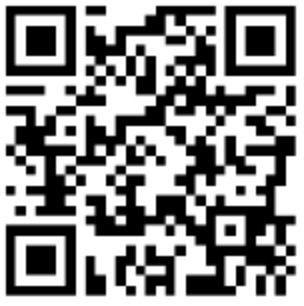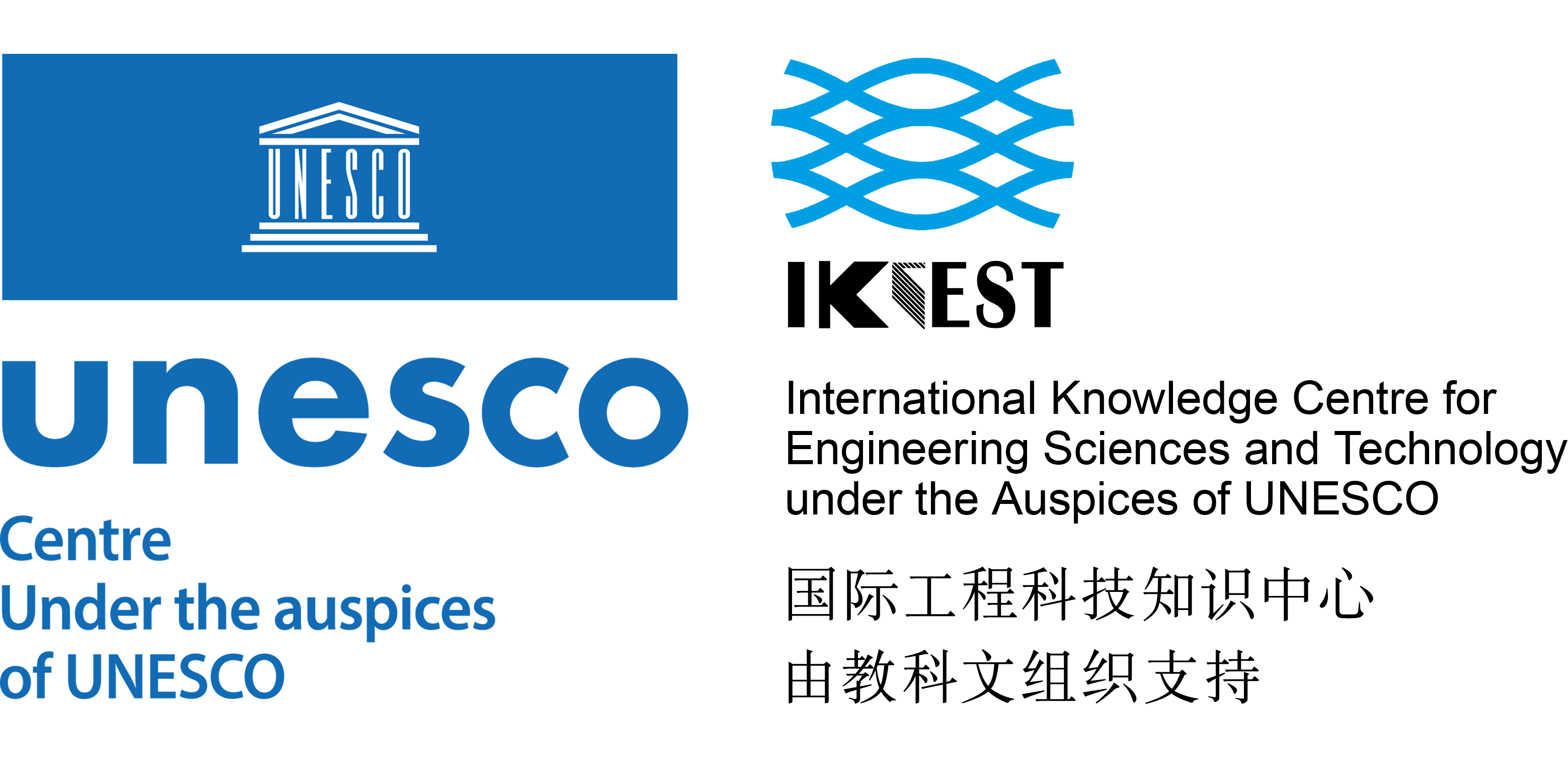Journal
Please choose volume & issue:
- Proposing a Special Issue
- September Calendar
-
Developments in Measurement Electronics for Indian Plasma Diagnostic Sensor Probes
Keywords:Space vehiclesSemiconductor device measurementPlasma diagnosticsMeasurement by laser beamBiomedical measurementAerospace electronicsSensor phenomena and characterizationExtraterrestrial measurementsBiosensorsProbesSensor systemsPlasma DiagnosticsSpace ExplorationSpace ResearchEarth OrbitSpace ApplicationsSelective WaySolar FlaresPlasma EnvironmentResponse TimeIntegration TimeOperation ModeElectronic TransitionsEffect Of ErrorExperimental PlatformMeasurement SchemeInput RangeInput CurrentConversion TimeElectron TemperatureNoise PerformanceGain StageTransimpedance AmplifierMultiplicative GainFeedback PathAmplification StageSource Measure UnitHardware ModificationsCollector PlateSaturation RegionWide Range Of InputsAbstracts:Low-magnitude current-output sensors (LCS), which operate in the sub-microampere range, are widely used in scientific fields such as biomedical instrumentation, semiconductor development, space-weather studies, and plasma research. Plasma Diagnostic Probes (PDPs), a type of LCS, play a crucial role in studying plasma composition and characteristics. In space applications, they are used to investigate planetary ionospheres, solar flares, and space plasma environments. Additionally, PDPs are used to analyze plasma emissions from electric thrusters in spacecraft [1], where they are strategically placed at critical locations. Beyond space research, PDPs are also employed in the analysis of laboratory-generated plasmas, such as those produced by lasers.
-
Optimized Control Strategies for Tremor Suppression and Voluntary Motion Tracking: A Simulation Study
Keywords:LimbsParkinson's diseaseMotorsControl systemsRobustnessPatient monitoringMedical diagnosisSimulationNeurological diseasesBiomedical measurementControl StrategyOptimal ControlOptimal Control StrategyVoluntary MotionTremor SuppressionLife-threatening ConditionsEssential TremorNon-motor FunctionsSocial DiscomfortRange Of MotorSubcutaneouslyAngular VelocityAssistive TechnologyReal-time PerformanceParkinson’s Disease PatientsControl TechniquesFault-tolerantExternal DisturbancesDependabilityInhibitors In PatientsModel Predictive ControlIntegral ErrorAdaptive SolutionsUser SafetyPrediction HorizonFinite Time HorizonDisturbance RejectionNoise SuppressionEpidermal TissueSystem ResilienceAbstracts:Tremor is characterized as an oscillatory, rhythmic and involuntary movement of a body component [1] and is among the most prevalent disorders among the adult population [2]. Tremors are one of the most crippling signs of Parkinson's disease (PD), a progressive neurological illness that is characterized by a range of motor and non-motor functions. Although tremor is not a life-threatening condition, it can cause social discomfort, dependence and functional impairment. Over 65% of the people with upper limb tremor experience significant challenges carrying out activities of daily living. As per the recent research, individuals over 65 years who experience essential tremors account for up to 5% of the population, while those who experience Parkinson tremors account for up to 1%. Extremely high tremor intensities frequently result in complete impairment for the afflicted individual [3].
-
A Review of Instrumentation for Lung Volume Estimation for Diagnosis of Pulmonary Disorders
Keywords:SpirometryLungsVolume measurementPulmonary diseasesInstrumentsTelemetryInternet of ThingsWearable devicesMonitoringMedical diagnosisPulmonologistsVolume EstimationPulmonary DiseaseLung FunctionContinuous MonitoringInternet Of ThingsInstrumental TechniquesRespiratory IssuesMagnetic Resonance ImagingMobile DevicesExpiratoryChanges In PressureIonizing RadiationTidal VolumeIdiopathic Pulmonary FibrosisAir VolumeSpirometerLung ImagingTotal Lung CapacityElectrical Impedance TomographyStatic VolumesForced Oscillation TechniqueRestrictive Lung DiseasePeak Expiratory Flow RateBody PlethysmographyFunctional Residual CapacityBreathing ActivityCystic FibrosisGas ConcentrationAbstracts:Did you know that chronic respiratory diseases affect more than 400 million people worldwide? This number significantly increased amidst the COVID-19 pandemic. Many individuals with respiratory issues are often unaware of their condition until it has progressed to a critical stage. Respiratory disorders are considerably difficult to diagnose directly, as most diagnoses rely on indirect measurements, such as the estimation of lung volumes. Over the years, various instrumentation techniques have been developed to assess lung function. Measurement started with traditional spirometry and has now extended to modern technologies that utilize the power of the Internet of Things (IoT) and telemetry.
-
Current Internet of Things Technology for Smart Cities
Keywords:Smart citiesDecision makingData scienceReal-time systemsInformation and communication technologyInternet of ThingsArtificial intelligenceIntelligent sensorsInvestmentEdge computingInternet Of ThingsSmart CityInternet Of Things TechnologyIntelligenceInformation And Communication TechnologiesReal-time DataEdge ComputingGlobal InvestmentCity TechnologiesPrediction AnalysisAir QualityRemote MonitoringSmart GridArtificial Intelligence AlgorithmsSmart HomeSmart SystemsUse Of Artificial IntelligenceSurveillance CamerasSmart ContractsSmart MetersWaste SeparationSmart TransportationSmart EnvironmentPredictive MaintenanceInternet Of Things SensorsSmart HealthcareDigital TwinSmart BuildingsAir Quality ManagementRenewable Energy SourcesAbstracts:Smart cities signify urban spaces that use Artificial Intelligence (AI), Information and Communication Technology (ICT), and the Internet of Things (IoT) to create sustainable, efficient, and safe environments for residents. Smart cities integrate cloud computing, sensors, edge computing, and data science to enable real-time data exchange and enhance decision-making for city management. According to the International Data Corporation (IDC), global investment in smart city initiatives is projected to reach $135 billion by 2026 [1]. This projection is based on the increasing demand for innovative technologies to enhance urban living conditions, especially in the post-COVID-19 era. This article explores the latest impactful IoT technologies in smart cities, their applications across various sectors, and their existing challenges.
-
Guest Editorial: I&M Around the World: India (Part B)
Keywords:Special issues and sectionsInstrumentation and measurementMetrologyUncertain systemsCalibrationArtificial intelligenceInformation and communication technologySmart devicesGuest EditorialPulmonologistsModel Predictive ControlIonosphericTime In The FieldMeasures Of AspectsMeasurement TheoryProfessional ResourcesResearch In IndiaSolar FlaresAbstracts:With heartfelt gratitude to the authors and readers, we are pleased to present the supplementary issue of I&M Around the World: India. Continuing the philosophy adopted in the previous issue, this edition keeps on exploring diverse aspects of instrumentation and measurement (I&M) research in India, including methods, hardware, software, and technologies related to measurement, detection, tracking, monitoring, characterization, identification, estimation’ diagnosis of physical phenomena, as well as topics in metrology, measurement theory, uncertainty, and calibration. This supplementary issue features four important submissions that could not be finalized in time for the previous issue.
- Topics for IEEE I2MTC 2026 Include
Hot Journals
- Risk Breakdown Matrix for Risk-Based Inspection of Transportation Infrastructure Projects
- Social Control in Outsourced Architectural and Engineering Design Consulting Projects: Behavioral Consequences and Motivational Mechanism
- 2022 Best Paper Award
- Hold-Ups and Failures in Negotiated Order: Unearthing the Nuances of Rework Causation in Construction
- Prevalence and Risk Factors for Poor Mental Health and Suicidal Ideation in the Nigerian Construction Industry
- CFRP–Cable-Stayed Bridge Hybrid with Partial Suspension and a Span Exceeding 3,000 m: Concept, Optimization, and Construction
- Impact of Wind Load Characteristics on Computed Bridge Stay-Cable Forces Used for Bridge Health Monitoring
- Weak-End and Frequency Detection of Elastically Supported Bridges by Contact Residual Response of Two-Axle Test Vehicle in a Round Trip
- Development of Performance-Based Fragility Curves of Coastal Bridges Subjected to Extreme Wave-Induced Loads
- An Analytical Model to Evaluate Short- and Long-Term Performances of Post-Tensioned Concrete Box-Girder Bridges Rehabilitated by an Ultrahigh-Performance Concrete Overlay
- Three-Dimensional Velocity Distribution in Straight Smooth Channels Modeled by Modified Log-Law
- Experimental Investigation on Flow Past Two and Three Side-by-Side Inclined Cylinders
- An Experimental Investigation of Rotor–Box Aerodynamic Interaction 1
- Modeling Gas–Liquid Flow Between Rotating and Nonrotating Annular Disks
- Entry Length Requirements for Two- and Three-Dimensional Laminar Couette–Poiseuille Flows
Advanced Materials (3,745)
- Structured Perovskite Light Absorbers for Efficient and Stable Photovoltaics
- Strategies for High‐Performance Solid‐State Triplet–Triplet‐Annihilation‐Based Photon Upconversion
- Atomic Engineering Catalyzed MnO2 Electrolysis Kinetics for a Hybrid Aqueous Battery with High Power and Energy Density
- Crystal Adaptronics: Global Performance Indices for Dynamic Crystals as Organic Thermal Actuators (Adv. Mater. 20/2020)
- Enlightening Materials with Photoswitches
Acta Astronautica (1,768)
- Mixed-integer trajectory optimization with no-fly zone constraints for a hypersonic vehicle
- Adaptive control design for active Pogo suppression of large strap-on liquid launch vehicles
- Machine learning based approach for modeling and forecasting of GPS–TEC during diverse solar phase periods
- Effect of two-dimensional micro-cavity surface on hypersonic boundary layer
- Investigation on burning behaviors of aluminum agglomerates in solid rocket motor with detailed combustion model








 User Center
User Center My Training Class
My Training Class Feedback
Feedback





